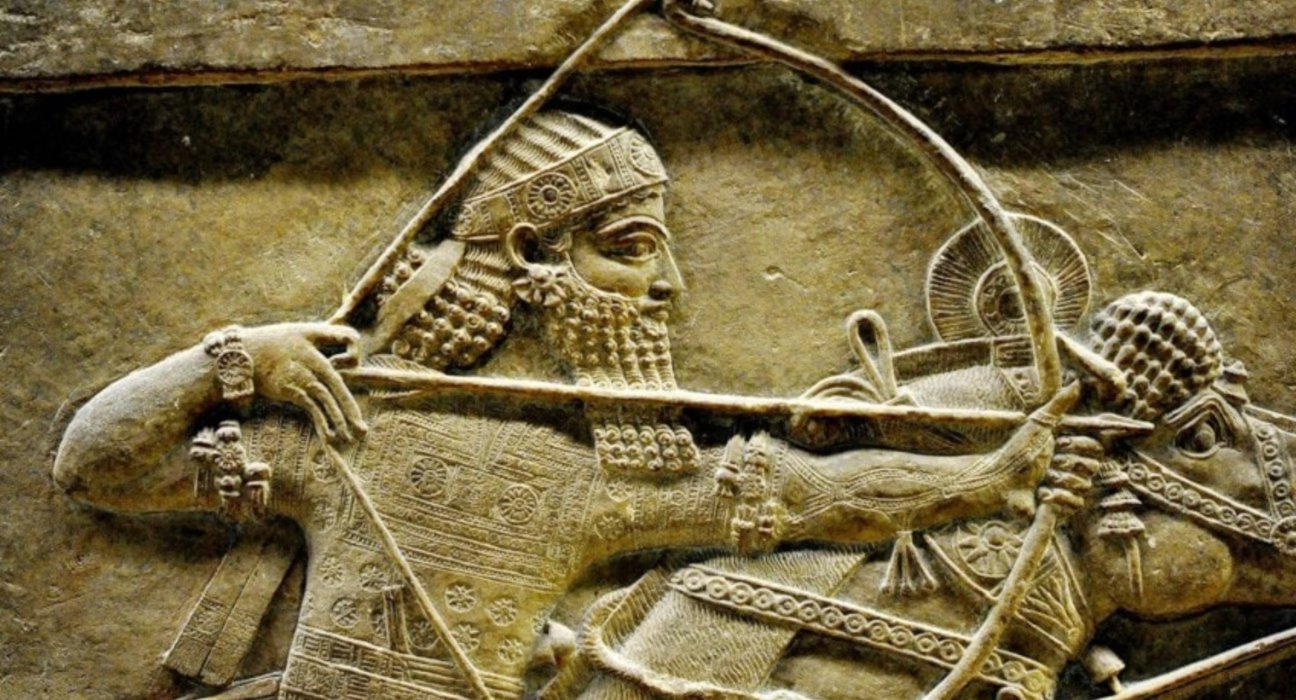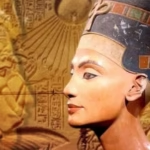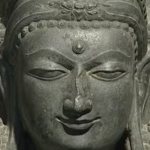Ancient Mesopotamian sculpture is a captivating study of artistic expression that reveals the intricate relationship between culture, religion, and politics in one of the earliest cradles of civilization. These sculptures serve not only as artistic creations but also as historical documents that provide deep insights into the beliefs, values, and societal structures of the ancient peoples in this region.
The world of Ancient Mesopotamian sculpture is vast and profound, weaving a rich tapestry that connects us to the past. This article will explore various aspects of this art form, highlighting its significance, techniques, themes, and the cultural landscape it emerged from. By examining how these sculptures functioned within their societal context, we can appreciate their role in shaping the identity of a civilization that laid the groundwork for much of human history.
The Historical Context of Ancient Mesopotamian Sculpture
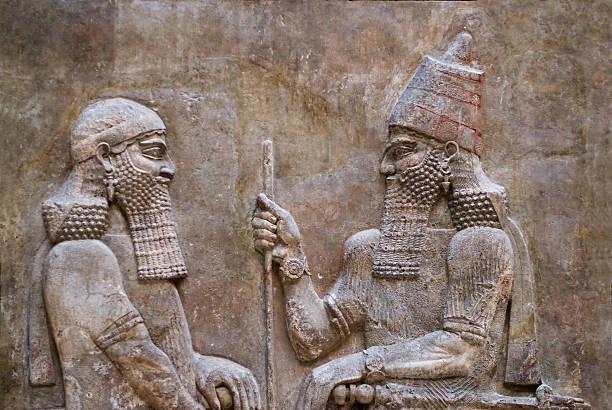
Understanding the historical backdrop against which Ancient Mesopotamian sculpture thrived is essential to appreciate its depth and meaning fully.
The Rise of Civilization in Mesopotamia
.jpg/1200px-Relieve_Reina_de_la_Noche_(ca._1800_a.C).jpg)
The land between the Tigris and Euphrates rivers, known as Mesopotamia, is often referred to as the “cradle of civilization.” It was here that some of the first urban societies emerged, with cities like Ur, Babylon, and Assyria leading the charge.
The rise of agriculture allowed communities to settle and develop complex social structures. With the establishment of city-states, the need for religious and political representation grew, giving rise to monumental sculptures that conveyed power and reverence.
These sculptures not only celebrated deities but also immortalized leaders, showcasing their divine right to rule. Artisans began to use materials such as clay, stone, and metal to create pieces that were both decorative and functional, serving vital roles in religious practices and state ceremonies.
Artistic Evolution Through the Ages
As different cultures flourished in Mesopotamia, so too did the styles and techniques of sculpture. From the early Sumerian period to the Akkadian Empire and later the Babylonian and Assyrian periods, each era brought distinct characteristics to sculptural art.
Early Sumerian sculptures, for instance, exhibited stylized figures with exaggerated features, emphasizing the spiritual characteristics over physical realism. As time passed, influences from neighboring civilizations and advancements in artistic techniques led to more naturalistic representations.
The transition from simple relief carvings to grand statues reflects not just artistic evolution but also the changing values and priorities of the society. Artists learned to convey not just the power of rulers but the complexities of human emotion and experience through the medium of sculpture.
The Role of Religion in Sculpture
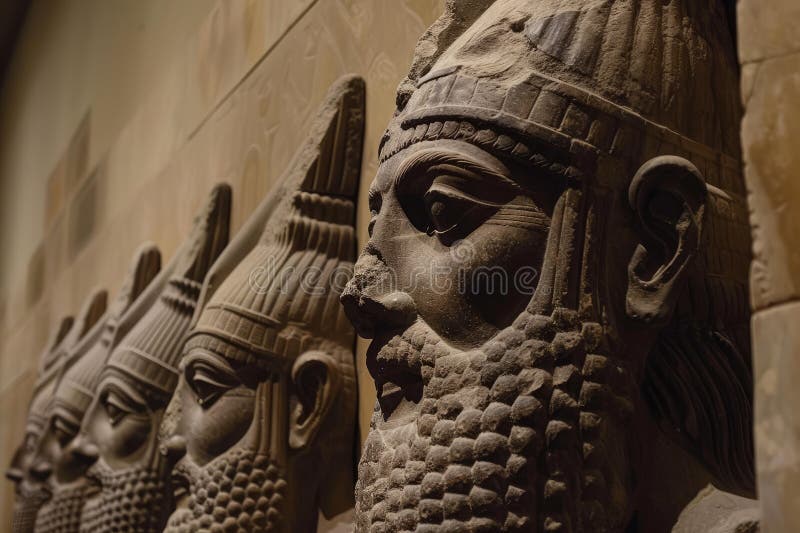
Religion was at the heart of Mesopotamian life, deeply intertwined with every aspect of existence. Sculptures served as conduits for worship and communication with the divine. Temples housed numerous statues representing gods and goddesses, believed to be embodiments of cosmic forces.
The act of creating sculpture was seen as a sacred duty, with artists dedicating their work to the deities they honored. Each piece was imbued with spiritual significance, reflecting the people’s reverence for their gods and the importance of maintaining divine favor.
Sculptures depicted not only the exalted gods but also mythological narratives that conveyed moral lessons. Through these visual stories, the ancients articulated their understanding of the universe and humanity’s place within it.
The Craftsmanship of Ancient Mesopotamian Sculpture

The artistry involved in Ancient Mesopotamian sculpture showcases incredible skill, creativity, and attention to detail.
Materials and Techniques Used

Ancient Mesopotamians employed a variety of materials for their sculptural works, each chosen based on availability, intended purpose, and the specific attributes desired in the final piece. Clay was one of the most commonly used substances, particularly for smaller statuettes and reliefs. Its versatility allowed artisans to mold intricate designs with delicate features.
Stone, particularly limestone and alabaster, was favored for larger statues and temple decorations due to its durability. Crafting stone sculptures was labor-intensive, requiring immense skill to carve detailed images and inscriptions.
Metals, including bronze and gold, were also utilized in sculpture-making, particularly during the later periods. The process of casting metal sculptures represented a significant technological advancement, allowing for greater detail and the ability to create hollow forms.
Iconography and Symbolism in Sculpture

The imagery found in Ancient Mesopotamian sculpture is rich with symbolism, conveying deeper meanings beyond mere representation. Figures of gods often displayed specific attributes or symbols associated with their powers. For example, the god Enki, associated with wisdom and water, might be depicted holding a staff intertwined with serpents.
Human figures in sculptures also carried significant meaning. Rulers often appeared in poses that symbolized strength and authority – standing tall, hands clasped before them, or engaged in acts of devotion to their deities.
Relief carvings often narrated epic tales, showing scenes of battles, religious rites, or daily life. Such imagery helped to communicate the values and narratives central to Mesopotamian identity, reinforcing the importance of heroism, piety, and community.
The Impact of Technological Advances
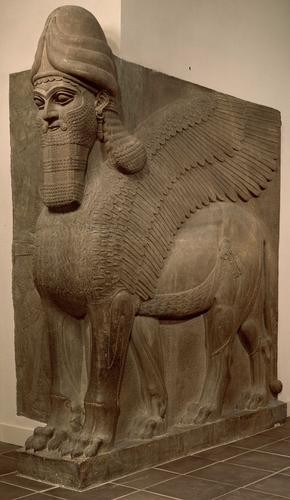
Technological innovations played a crucial role in the evolution of Ancient Mesopotamian sculpture. The introduction of the potter’s wheel allowed for greater precision in creating circular forms, enabling the production of more refined statuettes and pottery adorned with sculptural elements.
The development of kiln-firing techniques enhanced the durability of clay sculptures, making them suitable for outdoor display and ceremonial use.
Moreover, advances in tools facilitated the carving of harder materials, expanding the scope of artistic possibilities. Artists could now create more intricate designs, contributing to the overall richness of the sculptural tradition.
Themes and Motifs in Ancient Mesopotamian Sculpture

The themes portrayed in Ancient Mesopotamian sculpture reveal the cultural ethos and spiritual preoccupations of the people.
Depictions of Deity and Divinity
At the core of Mesopotamian sculpture lies an unwavering focus on the divine. Statues of gods and goddesses served as focal points for worship, embodying the attributes and powers revered by the population.
These depictions were not merely aesthetic; they were meant to evoke awe and facilitate a connection with the divine realm. The careful crafting of facial features and postures aimed to express the majesty and power of the deities, drawing worshippers into a space of reverence and supplication.
In particular, the goddess Ishtar, representing love and war, was frequently depicted in ways that highlighted her dual nature, combining beauty with ferocity. The complexity of such representations underscores the intricate relationship between human experience and divine intervention.
Human Figures and Leadership
Sculptures of rulers and prominent figures reflected the political landscape and social hierarchies of Ancient Mesopotamia. Kings were often portrayed in dignified stances, showcasing their strength and dominance.
The iconography surrounding these figures typically emphasized their divine right to rule, often shown in communion with the gods. Such representations were strategic, designed to reinforce the legitimacy of the ruler’s authority and the stability of the state.
Additionally, depictions of everyday people in reliefs offered glimpses into the social fabric of Mesopotamian life. These included scenes of agricultural activities, trade, and family gatherings, illuminating the values placed on community and cooperation.
Mythical Narratives and Storytelling

Beyond religious and political portrayals, Ancient Mesopotamian sculpture often delved into the realm of mythology. Epic tales, such as those found in the “Epic of Gilgamesh,” were translated into visual form, bringing legendary narratives to life.
These stories served not only as entertainment but also as moral teachings and reflections on human existence. The portrayal of heroic deeds emphasized virtues like courage, wisdom, and loyalty while cautioning against hubris.
Through storytelling in sculpture, artists preserved collective memory and provided future generations with a sense of continuity and identity rooted in shared traditions.
The Enduring Legacy of Ancient Mesopotamian Sculpture

The impact of Ancient Mesopotamian sculpture transcends its time, influencing subsequent artistic movements and leaving a lasting legacy.
Influence on Subsequent Civilizations

The artistic achievements of Ancient Mesopotamia set foundational standards for sculpture that would resonate throughout the ages. As empires rose and fell, the stylistic elements and themes developed in Mesopotamian art found resonance in later civilizations, including the Egyptians, Greeks, and Romans.
The emphasis on realism, emotional expression, and the portrayal of human experiences can be traced back to the techniques perfected by Mesopotamian artisans. This influence underscored the interconnectedness of cultures and the dissemination of artistic ideas across regions.
Modern Interpretations and Relevance

Today, Ancient Mesopotamian sculpture continues to inspire contemporary artists, historians, and scholars. The exploration of themes such as power dynamics, spirituality, and cultural identity resonates with modern audiences seeking to understand the complexities of human existence.
Exhibitions dedicated to Mesopotamian art have sparked renewed interest, inviting viewers to engage with the past and reflect on its relevance to present-day issues. The intricate craftsmanship and storytelling inherent in these sculptures challenge us to consider the enduring nature of art as a vehicle for understanding ourselves and our societies.
Preservation and Archaeological Discoveries
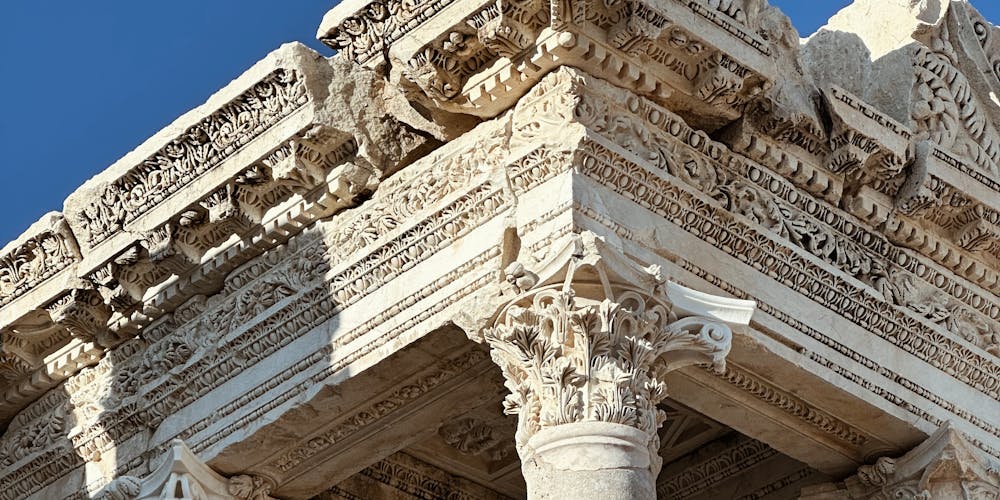
Efforts to preserve and study Ancient Mesopotamian sculpture are ongoing, with archaeologists uncovering new finds that deepen our understanding of this art form. Excavations in sites like Tell Asmar and Nimrud reveal the intricacies of sculptural techniques and the cultural contexts in which these works were created.
The preservation of artifacts ensures that future generations can appreciate the beauty and significance of these ancient creations. Museums and institutions play a vital role in showcasing such works, fostering global dialogue about heritage and identity.
Conclusion

In conclusion, Ancient Mesopotamian sculpture stands as a testament to the remarkable achievements of a civilization that laid the foundation for many aspects of modern life. Through exquisite craftsmanship and profound symbolism, these sculptures illuminate the intricate interplay between religion, politics, and culture in the ancient world.
By exploring the diverse themes and rich historical context of these artworks, we gain valuable insights into the human experience and the values that shaped an entire civilization. Ultimately, Ancient Mesopotamian sculpture invites us to connect with the past, reminding us of the enduring power of art to capture the essence of what it means to be human.
✉️ Stay Connected — Subscribe for Weekly Updates
Discover timeless stories, practical wisdom, and beautiful culture — delivered straight to your inbox.
*We only share valuable insights — no spam, ever.




